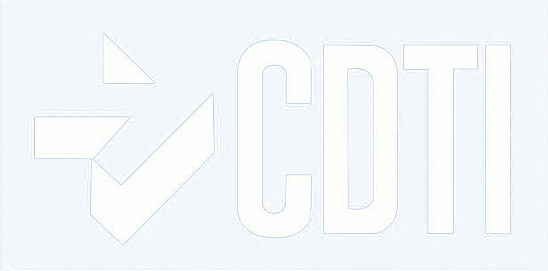
The CIO’s Role in Security
Until recently it was a new job title for many of us. Today the most innovative and advanced companies already have it present in their workforce and managing a team. We are talking about CIOs (Chief Innovation Officers).
What is a CIO?
The chief innovation officer (CIO) or chief technology innovation officer (CTIO) is the person in an organization in charge of managing the process of innovation and change management.
The role of the CIO is to help to set and lead the technology strategy for an organization, in concert with the other C-level executives. As such one of the many roles of the CIO is to provide an executive-level interface between the technology department and the rest of the business.
The CIO’s Role in Security
The CIO has several important roles to play alongside and in support of these efforts:
1. Identify weaknesses
The CIO will understand how business facilities can provide opportunities for intrusion or disruption. Then he or she must devise methods to counter any efforts to capitalize on those weaknesses.
2. Boost the innovative culture
The role of a CIO is very important in the employees training when it comes to innovation and technology. If employees are aware of all the benefits that technology provides means that they are on the same page as the corporate culture.
3. Data analysis
It is the CIO’s responsibility to analyze the obtained information (Big Data) to create intelligence specifically pertinent to his or her enterprise. This information must be shared as an ongoing dialogue with top-level management, including senior-level executives and the board of directors.
These 3 functions of a CIO mark a before and after in companies where workers are exposed to physical or mental risk. The CIO will help the HR or Risk Prevention managers to incorporate the tools they consider necessary to minimize these risks, as well as analyze the data extracted for more efficient results.
Share this article on your Social Media:
